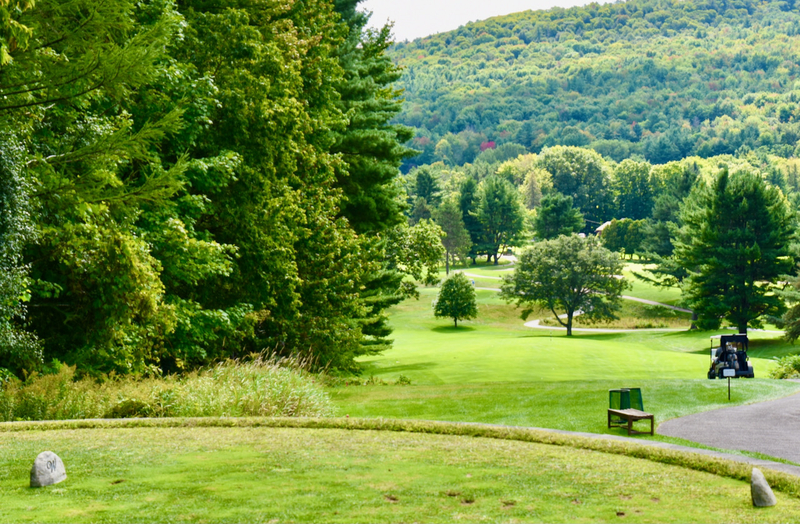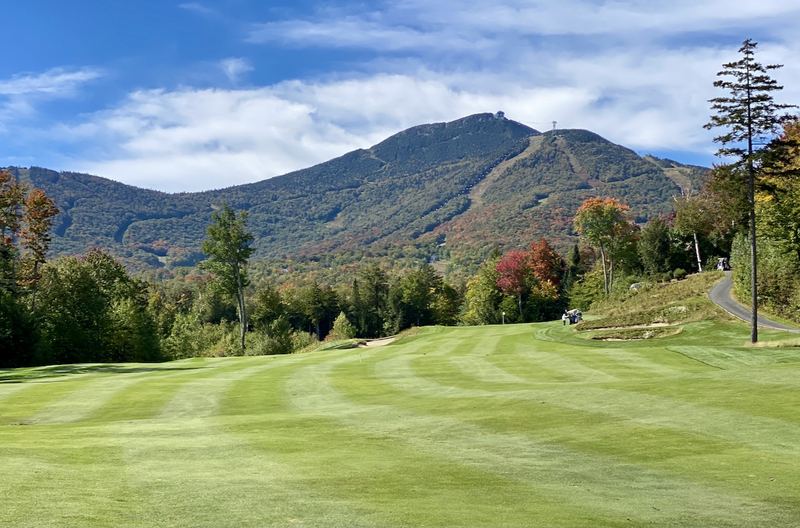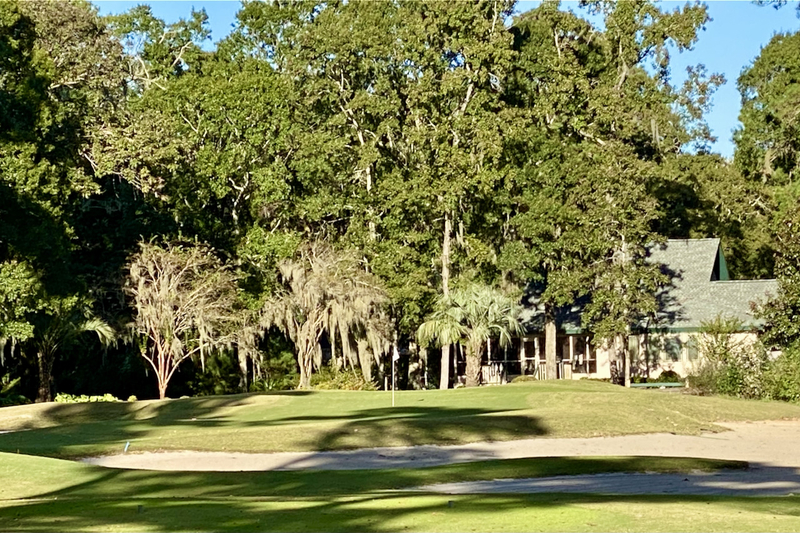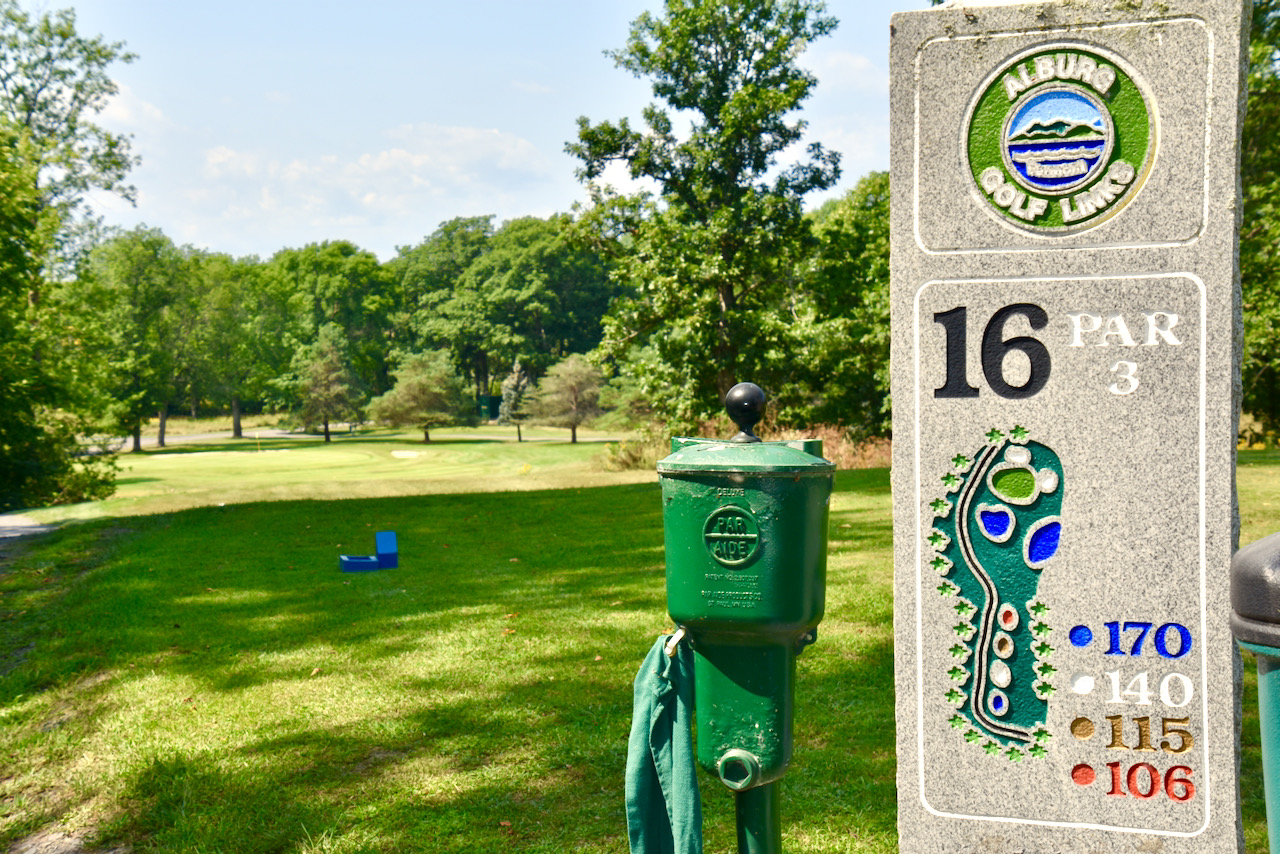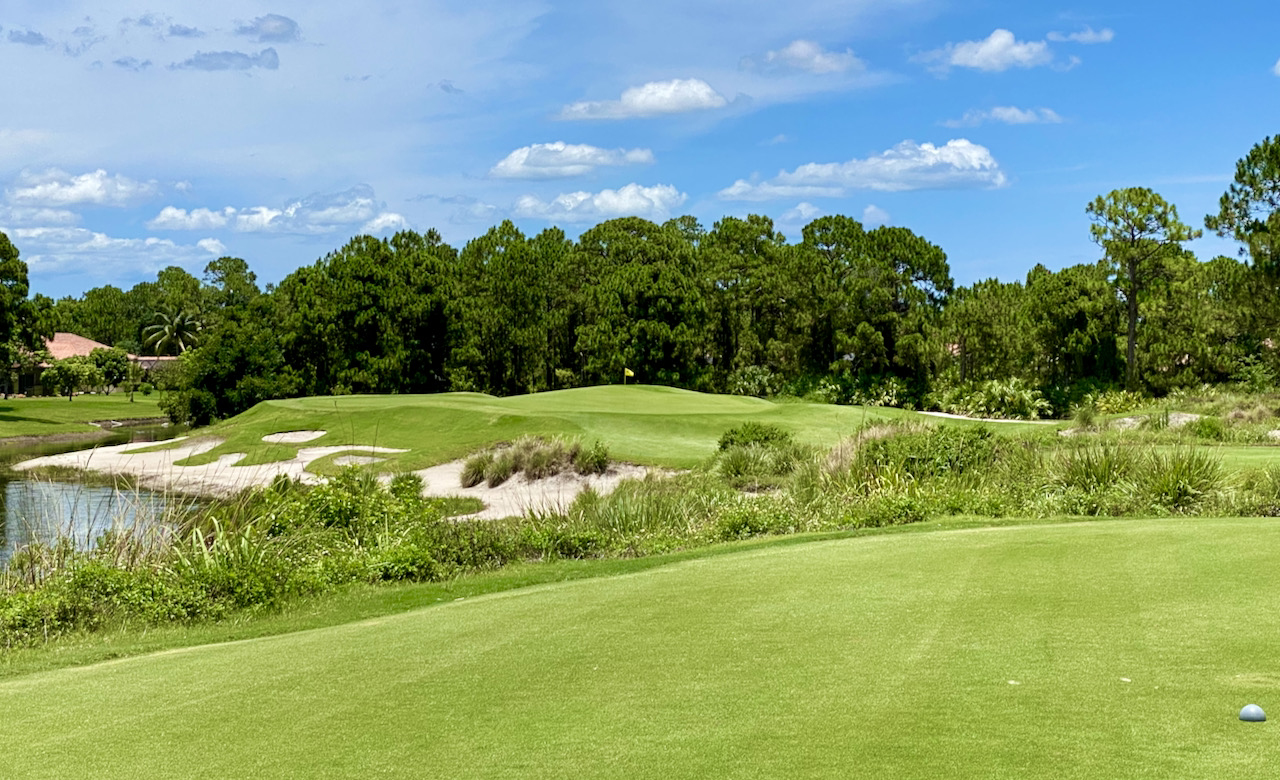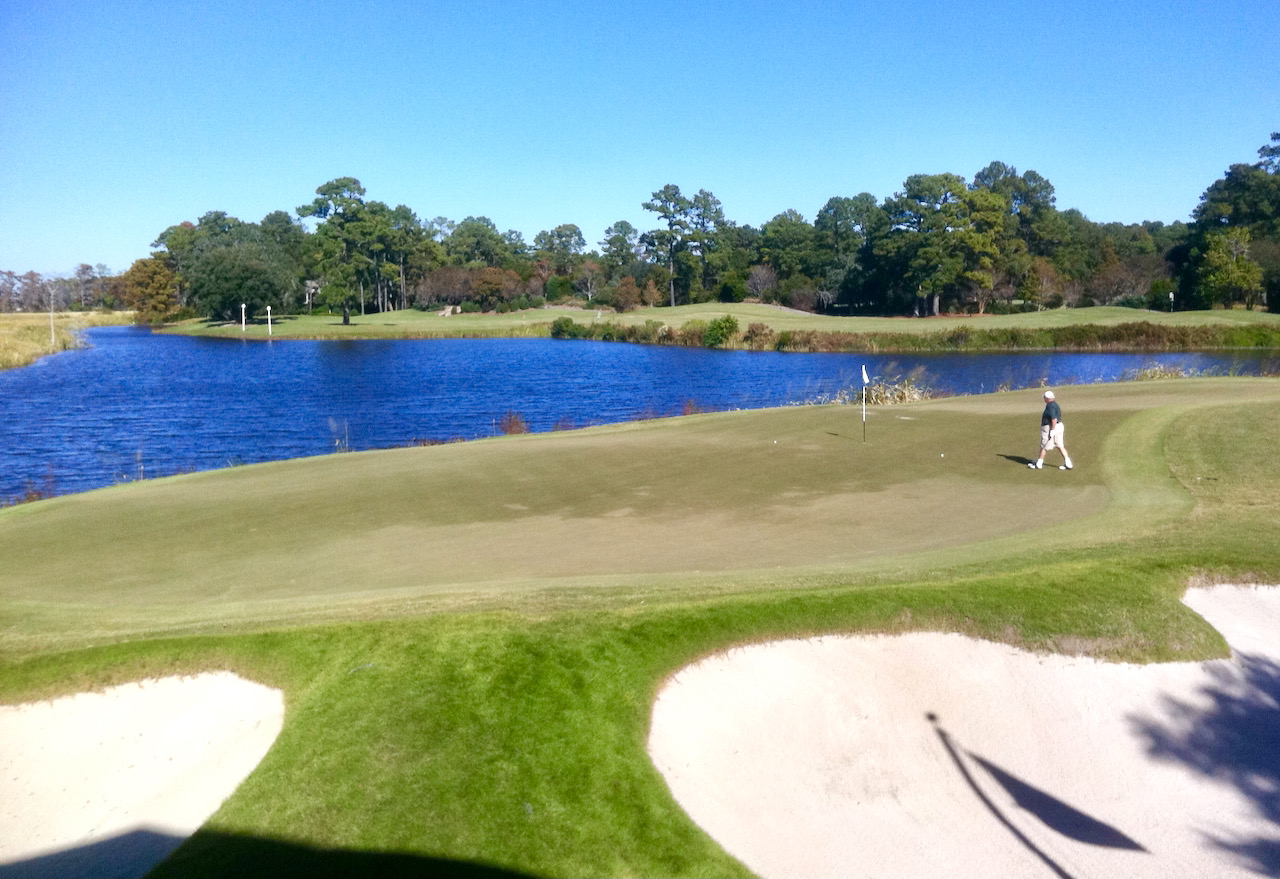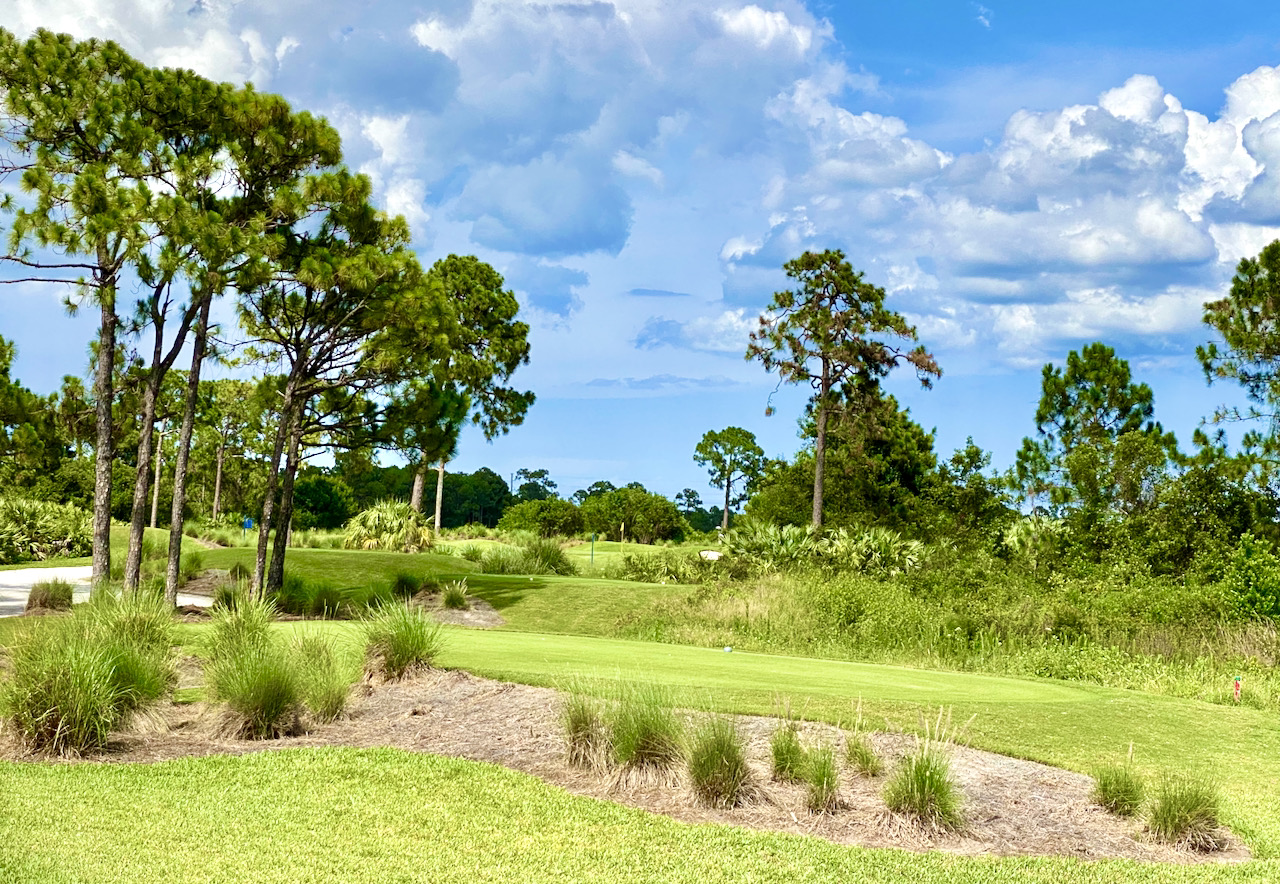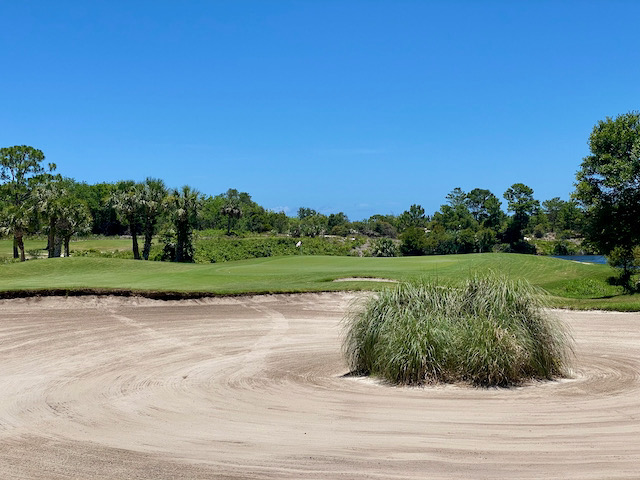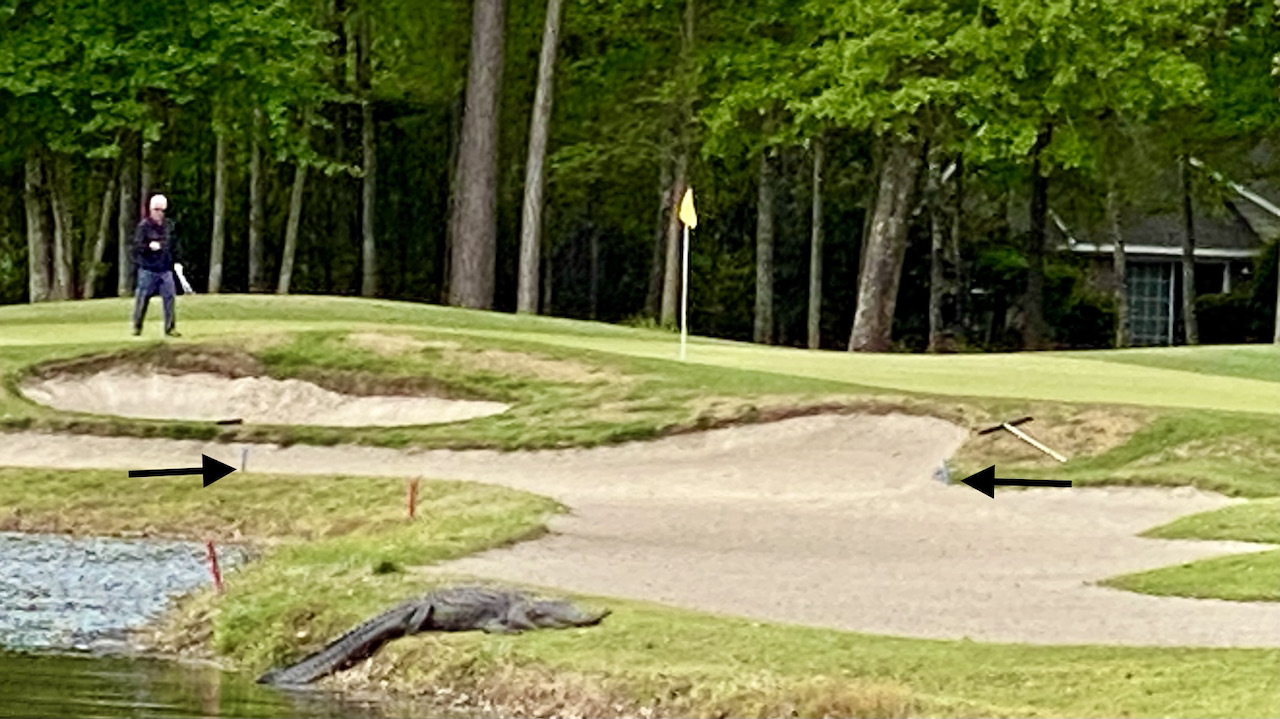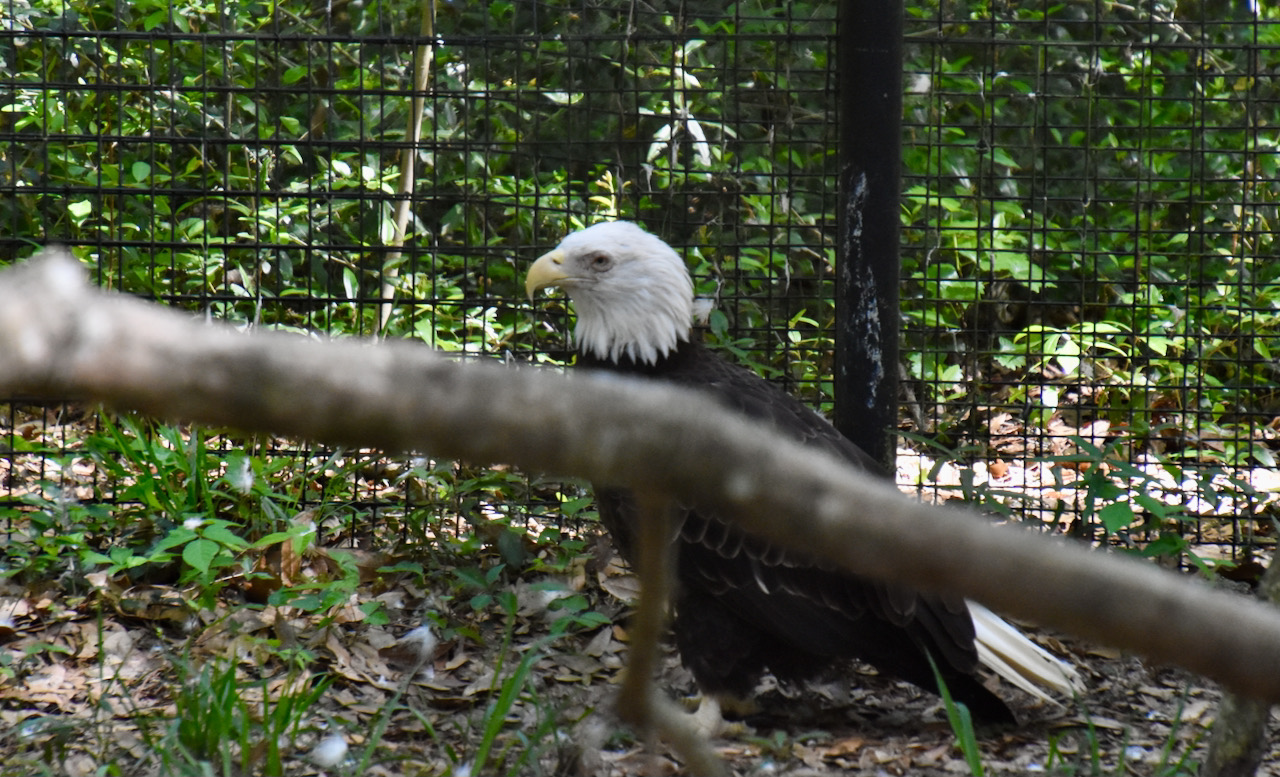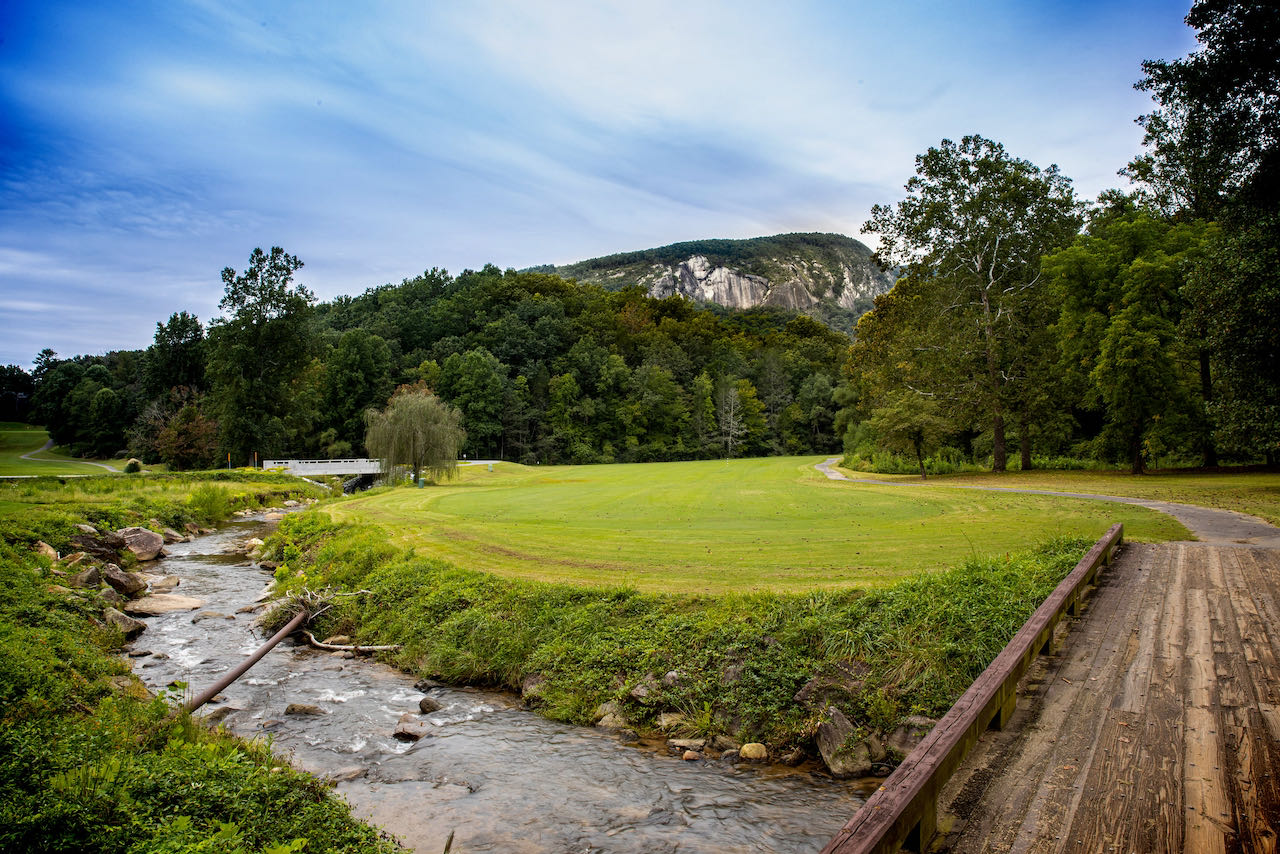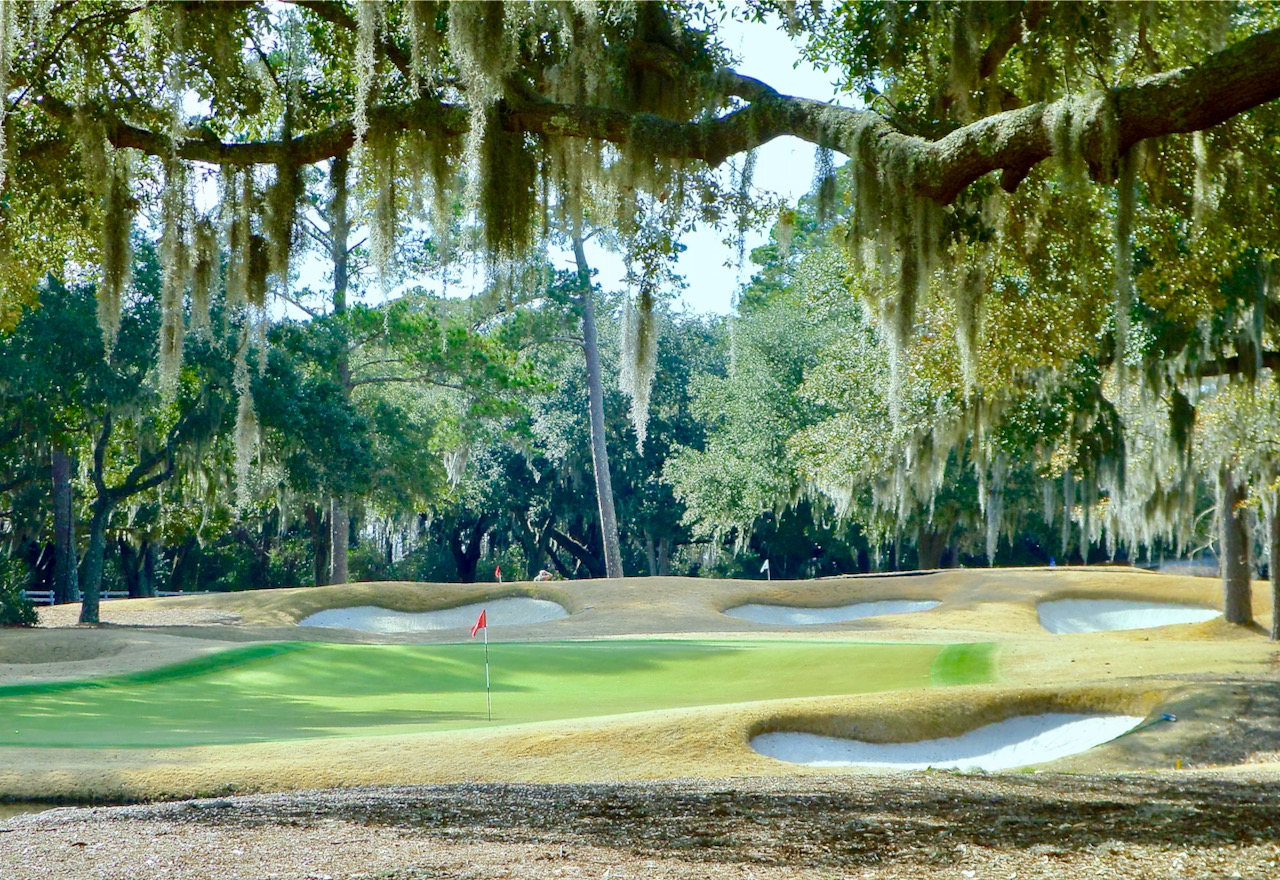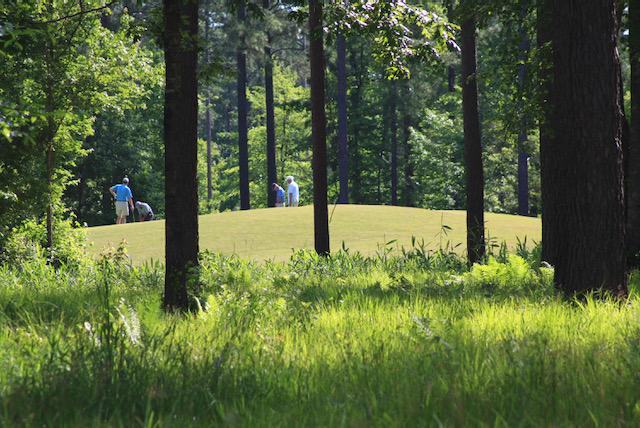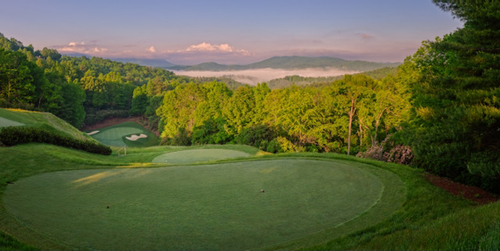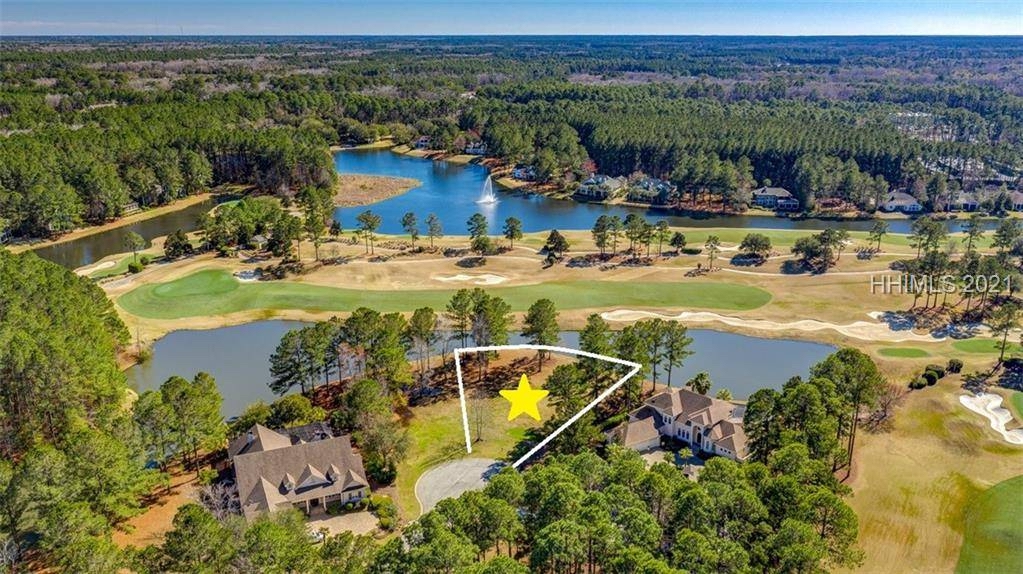I had the opportunity to renew my acquaintance with Glenmore Country Club courtesy of Tom Pace,
Little seems to have changed since my first visit four years ago, except the superfluous hulking green scoreboard behind the 18th green has been taken down (thankfully, in my opinion, as it blocked part of the view of the majestic brick clubhouse). The unfussy, rolling John LaFoy designed golf course, whose few blind shots and undulating greens demand a slight bit of local knowledge, was in fine shape, most of the well landscaped homes set a fair distance from the fairways and greens. Out of bounds stakes are there to keep only the most wayward shots from being played from backyards. The practice facility at Glenmore is one of the most expansive in the area, with a dedicated area for the club’s junior golf program. I’ve included a few photos below to give you a taste of Glenmore’s charms.

Addition by subtraction: Gone is the hulking green scoreboard that once got in the way of views of the clubhouse beyond Glenmore's 18th green.
Glenmore is well situated to the east of Charlottesville, home to the University of Virginia, and an hour from the airport in Richmond. On the Saturday morning we played the golf course, my son and I and Tom Pace and his daughter, who plays for her local high school golf team, had the course to ourselves, which seemed strange until Tom explained that most members had begun their tailgating ritual at the university before that day’s home football game. A number of UVA faculty members live inside the boundaries of the gated Glenmore.
Glenmore offers an interesting blend of single-family houses, with prices that begin in the mid $400s and extend to $1.3 million. One section of cottage-style homes includes exterior maintenance for those who, like me, are allergic to cut grass (except, of course, on golf courses). A three-bedroom, three-bath cottage home is currently listed for $465,000. Home sites run from the low $200s to $599,000 for a one-acre elevated lot with a combo view of the golf course, lake and the Blue Ridge Mountains a few miles beyond.
The Glenmore golf course is open year round. If you would like to arrange a visit, or simply request more information, contact me and I will be happy to put you in touch with Tom Pace.



Glenmore Country Club's golf course features large, undulating greens, lots of ups and downs, and homes set well beyond and above the layout's generous fairways.








